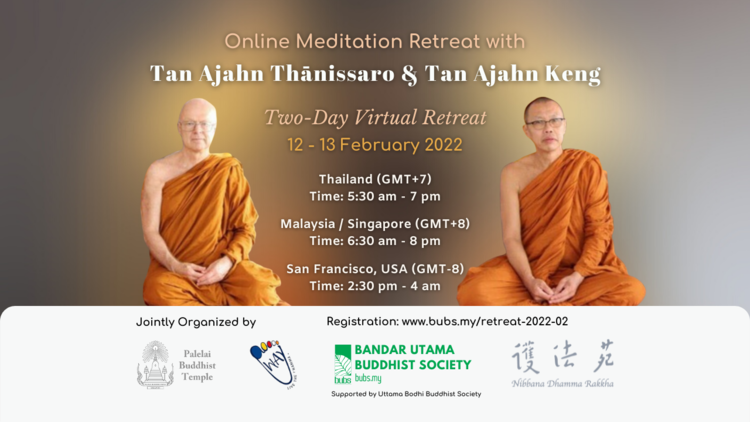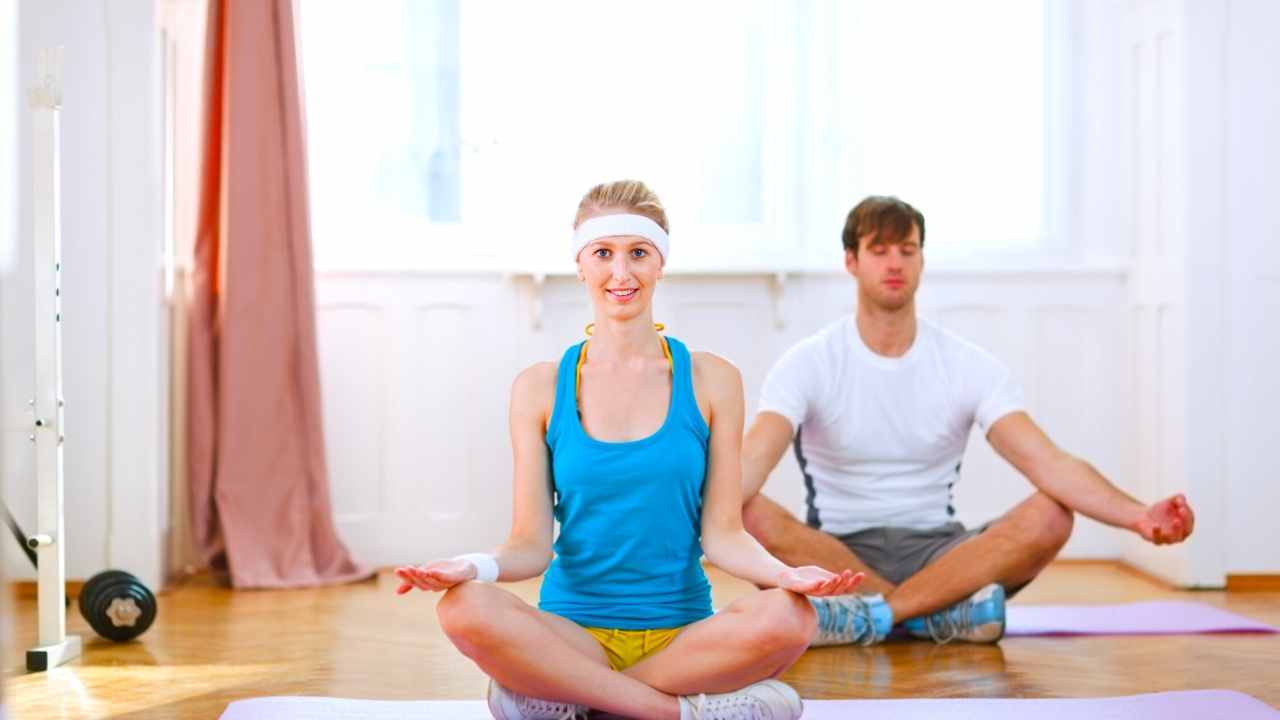
For beginners, you should decide why you wish to meditate and make a time limit. You should meditate for approximately five to ten mins at a stretch. But, as you become more familiar with the process, you can increase your time. Also, pay attention to your body and relax as much as you can. Next, pay attention to your breathing. You may find it hard to concentrate if you are distracted by the thoughts swirling in your head.
After you've decided on a schedule, you can begin to practice. For beginners, a body scanner can be a great tool. A body scan can help you develop a gentle curiosity about the sensations in your body. You can use a photocopier-style scanner to scan your body sensations. Instead of analyzing or changing them, simply notice them and allow them to occur. Practice this technique for a few days and you'll soon see the benefits.

As a beginner, you might find it boring and difficult to sit still. You can combat this by focusing on certain sensations. Also, you can control your breathing. Don't be harsh on yourself. It's a new art, and you'll experience restlessness. Concentrating on your attention is a good way to focus if you have trouble concentrating. This is done by counting beads on the mala.
Your mind will become more aware of itself as you meditate. At first you might face obstacles but they will pass as you keep practicing. Your mind has been busy for many thousands of years. It is not used to being in a calm, peaceful state. It will continue to fight until it becomes comfortable with the new surroundings. Meditation will become easier if you can keep your calm and focus.
You should meditate as long as possible in the beginning. Your individual preferences, life circumstances and time are all factors that will affect how long your meditation takes. Begin with shorter sessions, as frequency is more important for beginners than duration. You can start guided meditations with a duration of less than five minutes, for example. It will build confidence and help you feel more confident over time. It will also help you with your posture. You can use a yoga pad once you know how to position yourself when you meditate.

The best method for beginners is to choose one that suits them. A beginner's meditation should be comfortable for them. A good way to meditate is to try meditations that help you relax. For beginners, a guided meditation will guide you through questions and doubts, and make you feel more confident. But, beginners should be patient. It should be a relaxing process without distractions. Once you have calmed down your mind, your body and mind you can relax.
FAQ
Increase immunity with herbs or supplements
It is possible to boost immune function by using herbs and natural remedies. You can use ginger, garlic, echinacea oregano oil and vitamin C as examples.
These herbs should not be considered as a substitute for conventional medical treatment. They may cause side effects such as nausea, diarrhea, stomach cramps, headaches, dizziness, and allergic reactions.
How can I get enough vitamins
Your diet can provide most of your daily requirements. Supplements are available if you are deficient. Multivitamin supplements can be taken that contain all the vitamins you need. You can also get individual vitamins from your local pharmacy.
Talk to your doctor to find out which foods are rich in vitamins. You can find vitamins K and E in dark green leafy vegetable such as spinach, kale and turnip leaves, as well a variety of sweet potatoes and sweet potatoes.
Ask your doctor to help you determine the right amount of vitamin. Your medical history and current health will help you determine the best dosage.
How can I live a life that is full of joy every day?
To live a happy life, the first step is to discover what makes you happy. You can then work backwards once you know what makes YOU happy. You can also ask other people what they do to live the best lives possible every day.
You can also find books such as "How to Live Your Best Life" written by Dr. Wayne Dyer. He discusses finding happiness and fulfillment throughout our lives.
How does an antibiotic work?
Antibiotics are medications that kill harmful bacteria. The treatment of bacterial infections is done with antibiotics. There are many kinds of antibiotics. Some are administered topically, while others can be taken orally.
People who have been infected with certain germs may need antibiotics. If someone has chicken pox, they might need to take an oral antibiotic in order to prevent shingles. An injection of penicillin may be necessary to prevent pneumonia if someone has strep.
If antibiotics are to be administered to children, they must be prescribed by a doctor. Children are more susceptible to side effects from antibiotics than adults.
Diarrhea is the most common side effect from antibiotics. Side effects of antibiotics include diarrhea, stomach cramps and nausea. These symptoms generally disappear once the treatment has finished.
What are 7 tips for a healthy and happy life?
-
Eat right
-
Exercise regularly
-
Sleep well
-
Drink plenty of water.
-
Get enough sleep
-
Be happy
-
Smile often
What is the difference between sugar and fat?
Fat is an energy source that comes directly from food. Sugar is naturally found in fruits and veggies. Both fats as well as sugars contain the same amount of calories. Fats however, have more calories than sugars.
Fats can be stored in the body, which can lead to obesity. They cause cholesterol buildup in arteries which may lead to heart attacks and strokes.
Sugars are quickly absorbed into the body and provide instant fuel. This causes blood glucose levels in the body to rise. High blood glucose levels can pose a danger because they increase the chance of developing type II Diabetes.
Statistics
- Extra virgin olive oil may benefit heart health, as people who consume it have a lower risk for dying from heart attacks and strokes according to some evidence (57Trusted Source (healthline.com)
- nutrients.[17]X Research sourceWhole grains to try include: 100% whole wheat pasta and bread, brown rice, whole grain oats, farro, millet, quinoa, and barley. (wikihow.com)
- This article received 11 testimonials and 86% of readers who voted found it helpful, earning it our reader-approved status. (wikihow.com)
- According to the 2020 Dietary Guidelines for Americans, a balanced diet high in fruits and vegetables, lean protein, low-fat dairy and whole grains is needed for optimal energy. (mayoclinichealthsystem.org)
External Links
How To
What does "vitamin" actually mean?
Vitamins are organic compounds found naturally in food. Vitamins help us absorb nutrients from foods we eat. The body cannot make vitamins; therefore, they must be obtained from food.
There are two types of vitamins: water soluble and fat soluble. Water soluble vitamins dissolve easily in water. These include vitamin C (thiamine), Vitamin B1 (riboflavin), Vitamin B2 (riboflavin), Vitamin B3 (niacin), Vitamin B6 (pyridoxine), Vitamin C, B1 (thiamine), Vitamin B2 (riboflavin), Vitamin B3 (niacin), and Vitamin B6 (pyridoxine). The liver and fatty tissues are home to fat-soluble vitamins. Vitamin D, E, K and A are some examples.
Vitamins are classified based on their biological activity. There are eight major vitamin groups:
-
A – Essential for normal growth, and the maintenance of good health.
-
C - important for proper nerve function and energy production.
-
D - Vital for healthy bones and teeth
-
E is necessary for good vision, reproduction.
-
K - Essential for healthy muscles and nerves.
-
P - vital for building strong bones andteeth.
-
Q – aids digestion of iron and iron absorption
-
R – Required for the formation of red blood vessels.
The recommended daily allowance (RDA) of vitamins varies depending on age, gender, and physical condition. RDA values are set by the U.S. Food and Drug Administration (FDA).
For adults 19 years and over, the RDA of vitamin A is 400mg per day. Pregnant women require 600 micrograms daily to support fetal development. Children ages 1-8 require 900 micrograms per day. Babies under one-year old require 700 mg per day. Between 9 and 12 years of age, however, this drops to 500 mg per day.
Children ages 1-18years who are obese need 800 micrograms per day while those who are overweight need 1000 micrograms per day and children who are underweight need 1200 micrograms per day to meet their nutritional needs.
Children 4-8 years old who have anemia must consume 2200 micrograms of Vitamin C daily.
2000 micrograms daily is required for adults over 50 to maintain their general health. Due to their increased nutrient needs, pregnant and breastfeeding women need 3000 micrograms daily.
1500 micrograms is the recommended daily intake for adults aged 70+, who lose approximately 10% of muscle each year.
Women who are pregnant and lactating need more nutrients than the RDA. Pregnant women require 4000 micrograms daily during pregnancy, and 2500 micrograms every day after birth. Breastfeeding mothers need 5000 micrograms per day when breast milk is being produced.